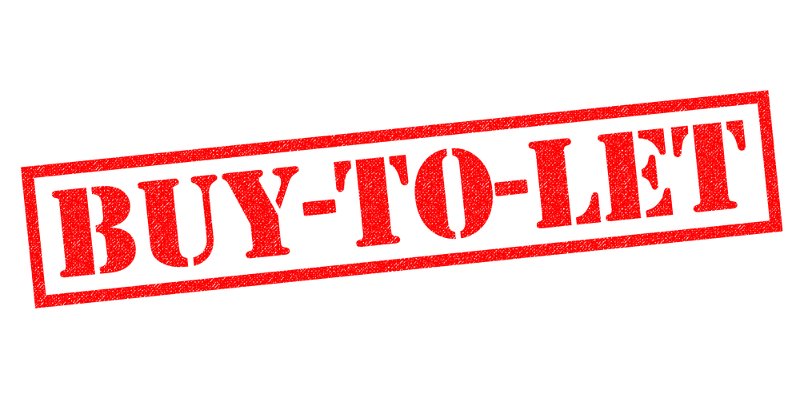Pricing of 5-year fixed rate buy-to-let mortgage products continued to decline in Q1, despite a steady increase in 5-year swaps, suggesting that lenders chose to reduce their margins to remain competitive.

Pricing of 5-year fixed rate buy-to-let mortgage products continued to decline in Q1, despite a steady increase in 5-year swaps, suggesting that lenders chose to reduce their margins to remain competitive.
Mortgages for Business’s buy-to-let mortgage index also found costs were absorbed across low, medium and high loan-to-value products. This makes 5-year fixes more attractive to landlords seeking certainty over their outgoings in the longer-term.
David Whittaker, chief executive officer,said: “Change has been the only constant in the buy-to-let market in recent years so we felt it was time to take a more holistic approach to tracking and analysing industry developments.
“This new buy-to-let mortgage index combines and replaces four previous indices plus our commentary on the money markets.
“Whilst the current picture shows that lenders and landlords have much to accommodate, the data reveals that slowly, both are moving towards solutions which should keep buy to let a popular if less prolific investment in the years to come.”
Lenders also absorbed more costs across2and 3-year fixed rate products.
Over the quarter, the average pricing of rates available to landlords borrowing via limited companies also fell,except on 5-year fixed rates which increased by 10bps from 4.2% to 4.3%.
Although the number of lenders offering products to corporates remained unchanged at 16, the total number of products available increased by 1%, lifting availability to 25% of the entire market.
Rates available to limited companies are generally higher than the market average, because the cheapest products are typically offered by lenders without the systems or underwriting skills in place to offer products to limited companies.
The index also found that the number of buy-to-let mortgages without a fee grew for the fourth consecutive quarter.
Nearly one fifth (19%) of all products had no lender arrangement fee in Q1, up from just 11% in Q2 2017.
Some 39% of products have flat fees charged at an average of £1,441. On the remaining products, lenders charge an arrangement fee based on a percentage of the loan amount, typically 0.5-3%.



